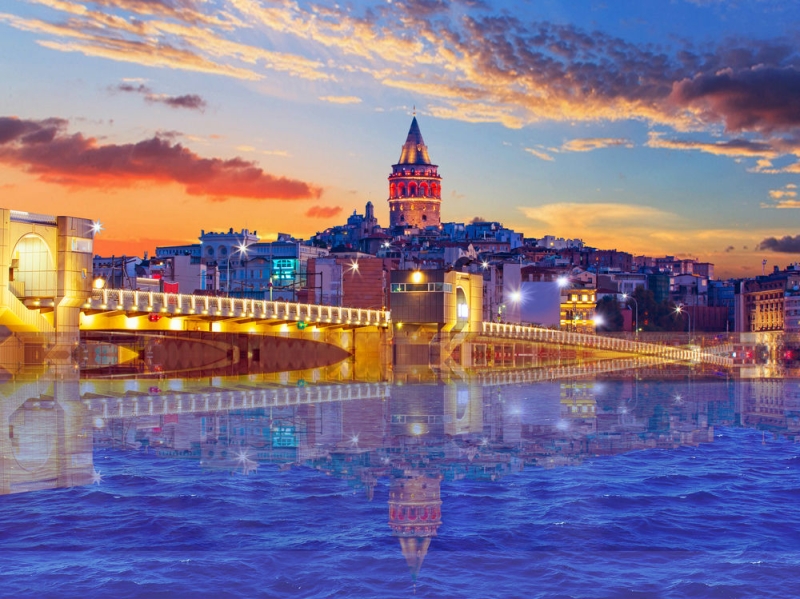
Hagia Sophia, the Blue Mosque, the Top Kapi Palace, the Galata Tower, the Rumeli Hisar fortress, the Yerebatan underground cistern and the Cemberlitash baths are, of course, worthy of visiting them first… But what to do, if you are in Istanbul for the second, third, fourth – and so on – time? Don’t worry, you won’t be bored in this city.
So, what can you do in Istanbul when the minimum program has already been exhausted?
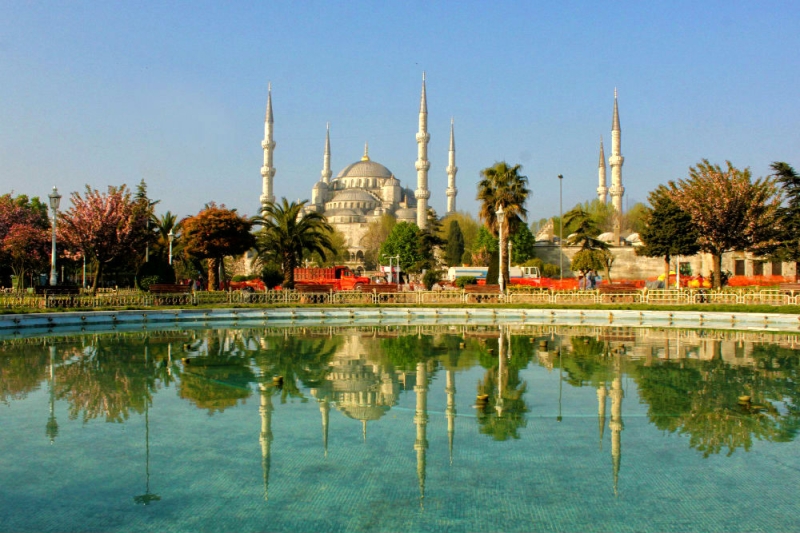
For starters, watch the sunrise
It doesn’t matter whether you spent the night in the clubs of Istiklal Street or simply accomplished a feat and woke up before dawn… The most suitable places to meet a new day are Sultanahmet Square and the shores of the Bosphorus.
Sultanahmet is located between Hagia Sophia, Basilica Cistern (Yerebatan), Roksalana Baths and the Blue Mosque (aka Sultanahmet Mosque). During the day and evening there is pandemonium here. But at six in the morning it’s a very romantic place. If you stay in one of the hotels or hostels on Akbiyuk Street, which is located next to Sultanahmet, be sure to get up early at least once, you won’t regret it.
But on the shores of the Bosphorus, the best place to see the sunrise is in Findikli Park, which is located not far from the Kabatash pier. You can go here from Taksim Square along Mebusan Street or take the T1 tram from Sultanahmet Square. Sit on a bench on the embankment and see if those who say that this is the best view of the Bosphorus and the Asian part of the city are right.

Interesting excursions from local residents in Istanbul
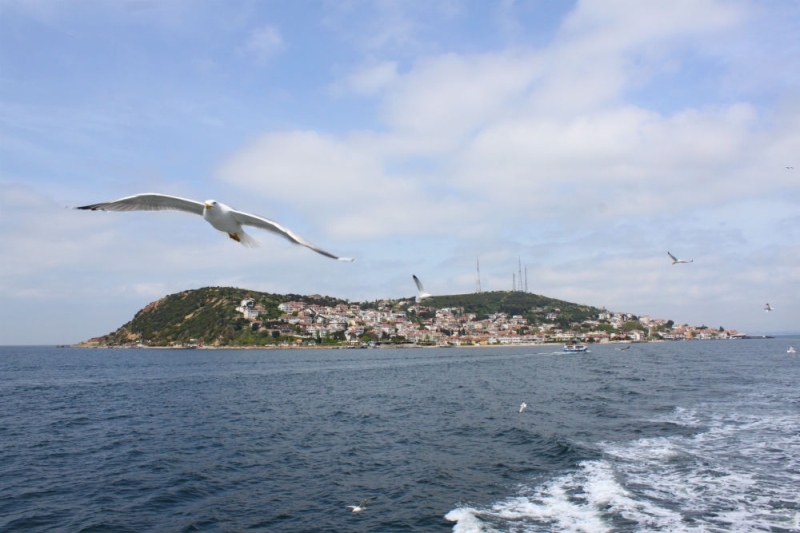
Take a cruise to the Princes’ Islands
Since we are at the Kabatash pier, we must definitely take advantage of this to go from here to the islands. The Turks simply call them Islands (Adalary),
and the Europeans gave them the name Princes’, because in ancient times the children of rulers, who, alas, were not destined for succession to the throne, were kept here in bliss and bliss. Many of them were quietly sent to another world here. Later, wealthy residents of Istanbul began to build country villas on the islands.
A group of nine islands, of which only four are inhabited, is located in the Sea of Marmara, an hour’s ferry ride from the Kabatash pier. Round trip travel costs 15 liras (250 rubles). With one ticket you can visit all four islands, making a sightseeing stop at each of them, and then continuing on the next ferry. For comparison, an organized excursion to the Princes’ Islands costs about 70 liras (1,200 rubles). However, this price also includes lunch.
And yes, you need to devote a whole day to this point of the program, whether you go on your own or with a tour.
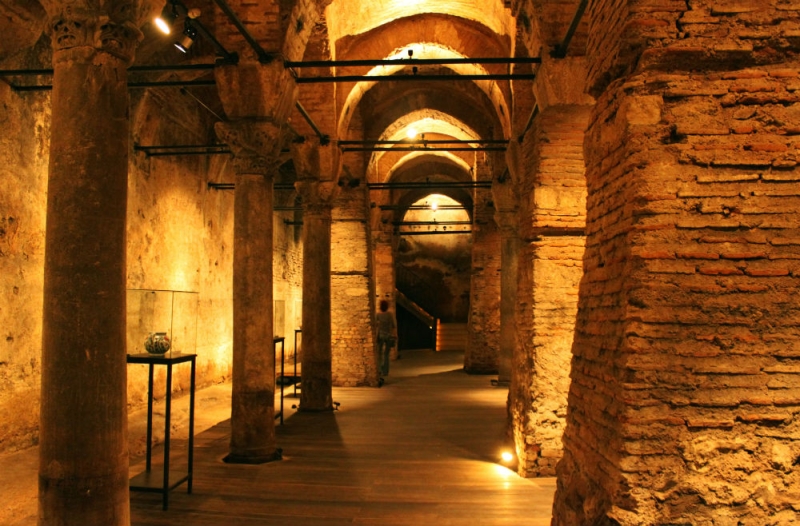
Climb into the alternate underground tank
Of course, no one can cancel a visit to the Basilica Cistern with its must see – the inverted head of Medusa the Gorgon, but… If you are tight on money (entrance to the cistern is 20 lire (340 rubles) or you do not like tourist crowds, then you definitely need to visit an underground cistern disguised as a Nakkas carpet store. It is, however, smaller in size, there is no water in it, but entry into it is absolutely free. It is located behind the Blue Mosque. From the Obelisk of Constantine to it is no more than a hundred meters in a straight line. Feel free to go into store, and when carpet sellers rush to you (the store, by the way, is chic, so maybe look for a rug for yourself),
tell them that you are going to the tank. They will leave you behind immediately. Go down to the basement (calm, pleasant music comes from there, so you can find it easily) – and you are there. Most likely, there will be no one there except you, not even the salespeople from the store upstairs. Even at the height of the tourist season.
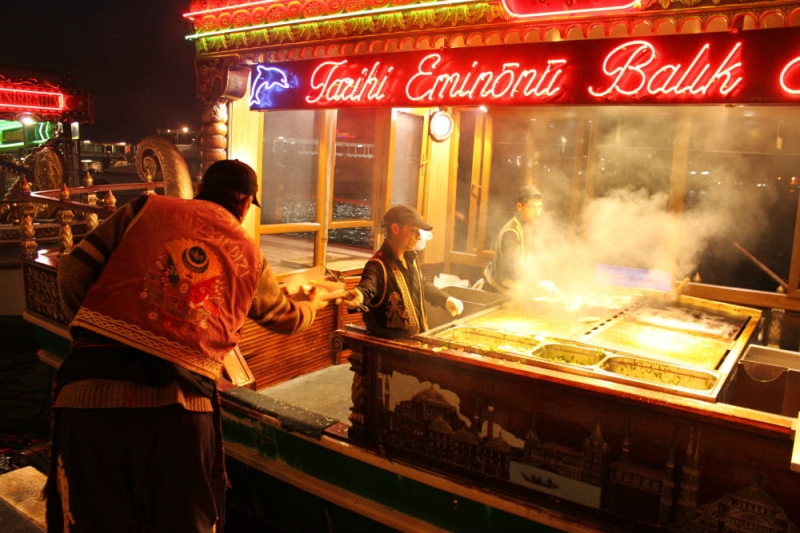
Eat a mackerel sandwich
One of the popular tourist attractions is eating balyk-ekmek, sandwiches with fried mackerel, in small street eateries near the Galata Bridge. Sandwiches are deftly and efficiently prepared right on the floating counters, and visitors, sitting down for a while at tiny tables, fill these delicious sandwiches with lemon juice from special bottles and put them in their mouths. The cost of such a sandwich is 6 liras (100 rubles).
By the way, on the Galata Bridge you can rent a fishing rod from local fishermen and catch some sardine or mackerel yourself. Then take it to the nearest restaurant and ask them to grill it over coals.
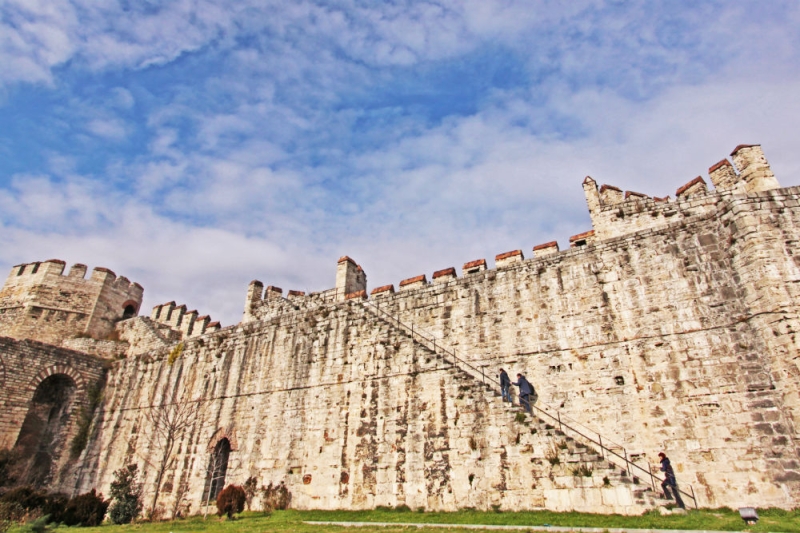
Climb the walls of Constantinople
For some reason, many people don’t do this, but in vain. The walls offer stunning views of old Istanbul. There are no prohibitory signs or fences here, and therefore you will not break anything, although caution will not hurt: the stone stairs are almost vertical. The walls of Constantinople are in a dilapidated state, but still make a strong impression. To appreciate the scale of these fortifications, you can ride along them along Beylerbey Street on any city bus, of which there are quite a few here. But the best place to climb up is the section of walls next to the Chora Church.
Look at the keys to hell in the Kariye Museum
The Chora Church, also known as the Kariye Museum, also known as the Cathedral of Christ the Savior in the Fields, is the only place in Istanbul where early Christian frescoes from the 14th century have been preserved. After the Turks captured Constantinople, the frescoes were covered with plaster, and the church itself, like many other Christian churches, was turned into a mosque. In 1948, during restoration work, the frescoes were discovered, and the mosque was turned into a world-famous museum. The frescoes are truly mesmerizing. It is especially interesting to look at the locks and keys to hell broken by Christ when he went down there to free the Old Testament righteous and Adam and Eve. Entrance to the museum – 30 liras (500 rubles).
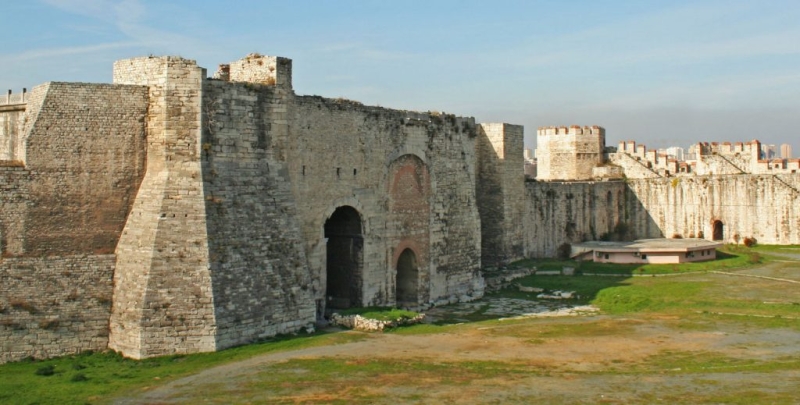
See the Golden Gate with your own eyes
It was to them that the Prophetic Oleg nailed his shield when he captured Constantinople at the beginning of the 10th century. They are located at the southern end of the Walls of Constantinople, almost on the very shore of the Sea of Marmara and represent part of the Seven Tower Castle (Yedikule). The castle was built by the Turks. The state treasury was kept here and high-ranking foreign prisoners were kept. The best way to get here is by metro train Marmaray to Kazlicesme station. By the way, if you take the same train in the other direction, you can ride under the Bosphorus.
But today it is impossible to pass through the Golden Gate (Altynkapi): according to legend, the future Christian liberator of Constantinople will enter the city through them, so the Turks prudently blocked them with bricks.
Entrance to The seven-tower castle costs 5 liras (84 rubles). Inside you can examine cells painted by prisoners and various torture instruments, and from above, from the walls, watch barges sailing along the Sea of Marmara to the Bosphorus and back.
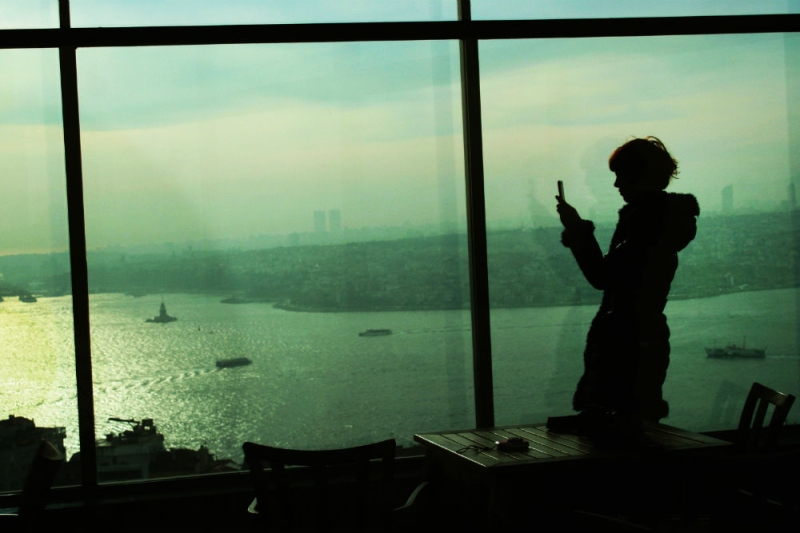
Visit the top floor of the Ceylan Intercontinental Hotel
And see Istanbul and the Bosphorus from a bird’s eye view. In the evening you can sit in the restaurant here, but it is better to come in the morning when there is no one, not even the waiters. The hotel is located not far from Taksim Square, in the center of the party district of Beyoğlu, and if you are not short of money and prefer modernity to antiquity, then you cannot find a better place to live. Only you need to ask for a higher room and definitely with a view of the Bosphorus.
Transform into a giant in Miniaturk Park
See all of Istanbul at once and in one go. And not only Istanbul, but throughout Turkey. All the main attractions of the city and the country are collected in one place, on the shore of the Golden Horn Bay. There are more than a hundred miniature copies, as tall as a man: from the obligatory Hagia Sophia to the cave cities of Cappadocia. There is even the holy city of Shanli-Urfa and the ancient burial hill of Nemrut Dag, which would be very difficult for an ordinary tourist to reach. By some indicators it is considered the largest in the world. In a specially equipped 5D cinema you can take a virtual helicopter flight over Istanbul. Entrance – 10 liras (170 rubles). From Taksim Square there is bus 54 HT, and from Topkapi Palace there is bus 41 ST.
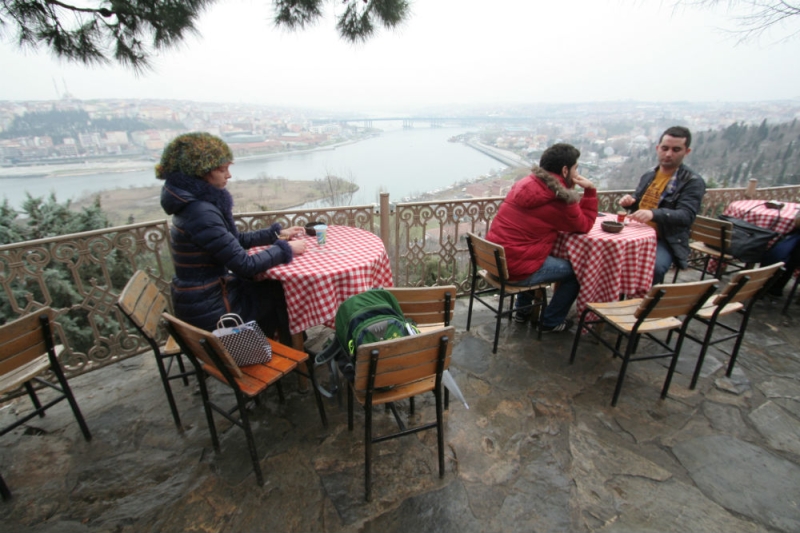
Try on the role of a French writer in 19th century Istanbul
French naval officer Louis-Julien Viaud is better known as the writer Pierre Loti, who created the genre of “colonial novel.” In the second half of the 19th century, he lived in Istanbul and colorfully described that era and its customs. The writer became so accustomed to the image of an aborigine that he even started an affair with a concubine from the harem of a Turkish nobleman, which he later described in the novel “Asiada.”
Almost at the very end of the Golden Horn Bay there is a cafe where Pierre Loti liked to spend his evenings. Now it bears his name, excellent Turkish tea is served here, and tourists come here to look at the Golden Horn from above.
You can get to Pierre Loti’s cafe on foot, passing through a picturesque cemetery, or in a small cable car trailer roads. The lower station of the lift is located near the Eyup Sultan Mosque and the Eyup ferry pier.
Hotel bookings made easy with OneTwoTrip. The service offers more than two million accommodation properties worldwide.
Text and photo: Dmitry Rzhannikov
Preview photo: shutterstock.com

